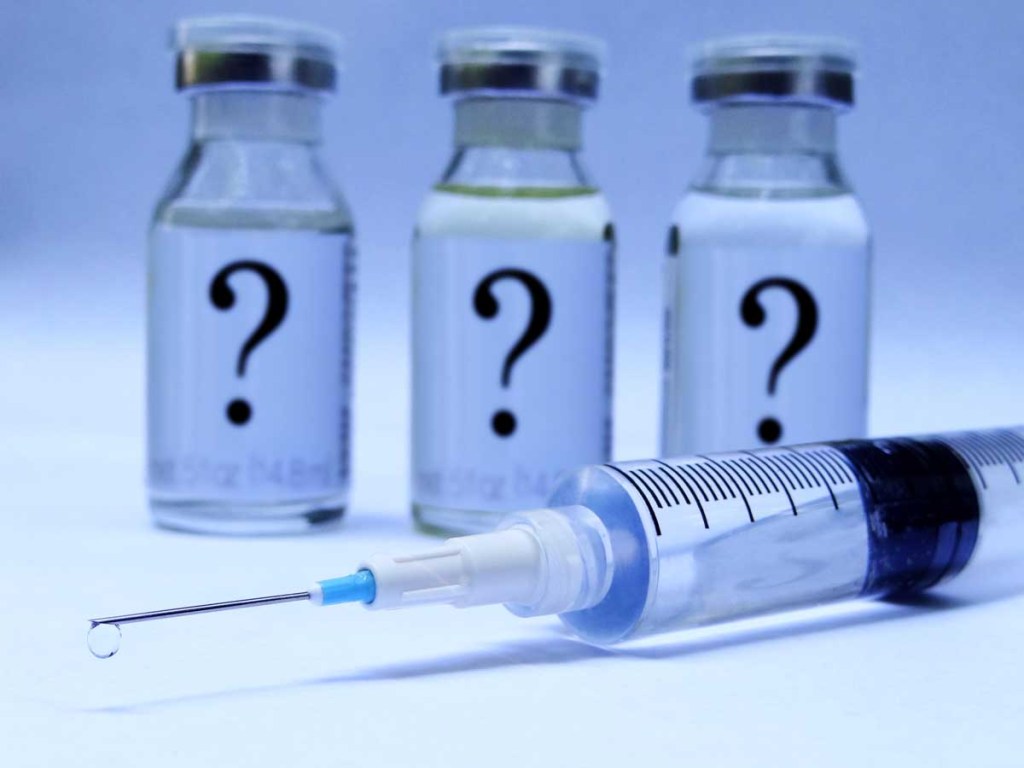Anti-doping agency bans drugs that haven’t even been invented yet
Published 1:40 pm Monday, August 1, 2016

- Drug ban
Hundreds of substances are named on the World Anti-Doping Agency’s list of banned drugs, and thousands more are prohibited through phrases such as “and related substances.” That way, the rules cover drugs that may not have been detected or even invented yet.
Most, but not all, fall into these broad categories:
– Muscle-building steroids
Athletes in nearly every sport have been caught using anabolic steroids more than any other type of drug. Weightlifters, swimmers and sprinters have used them to build muscle size and strength and to cut fat. But athletes in sports we don’t think of as power sports, such as soccer and cycling, also take them to speed muscle recovery so they can train harder. Long-term use comes with serious health effects.
– Pick-me-up stimulants
Amphetamines and similar stimulants can increase alertness, improve reaction time, boost blood flow to muscles and cause euphoria or aggressiveness. They also may improve endurance and muscle strength. However, they also raise heart rate and interfere with heat regulation; several cyclists have died using stimulants during races. These drugs are banned only during competition, and athletes most often caught come from track, cycling, swimming, soccer and rugby
– Hormones and drugs that modulate hormones
Some doping involves giving the body more of what it has already. The most notable is the hormone erythropoietin (EPO), which prompts the body to make more oxygen-carrying, endurance-increasing red blood cells. Another is human growth hormone, which athletes may take as a tougher-to-detect alternative to steroids – although scientific studies have questioned how well it works. Insulin, breast cancer drugs and fertility drugs are on the list as well; some may build muscle and others counteract some side effects of steroids.
– Drugs that hide other drugs
Diuretics, or water pills, can help wrestlers and other weight-limited athletes drop pounds fast. They can also dilute the concentration of other drugs in the urine, possibly enough to throw off a drug test. Drugs called plasma expanders attempt to do the same thing in the blood.
– Calming beta blockers
These drugs lower blood pressure and heart rate and generally make people less jittery. They are banned in Olympic sports that require steady hands: archery, shooting (including modern pentathlon) and golf.
– Asthma drugs
Asthma drugs open breathing passages, but some may also build muscle and increase fat-burning. A 2015 Canadian study found that up to a quarter of Olympic-caliber swimmers have asthma diagnoses, and athletes who have asthma can use certain drugs without penalty if they get a “therapeutic use exemption,” or TUE. Cyclists, swimmers and runners have most often been caught without TUEs.
– Recreational drugs
This category covers drugs of addiction as well as marijuana. These are not generally considered to be performance enhancers, leading some critics to argue that WADA is trying to police lifestyle choices. Marijuana is the most common recreational drug to show up in a test, and more than 90 percent of athletes who test positive for it are men. Very few Olympic-caliber athletes have been suspended for narcotics or opioids.
– Anti-inflammatory steroids
“Steroids” is in the name, but these are not the muscle-building kind – in fact, they can break down muscle. They are powerful anti-inflammatories and pain relievers. They can give users a quick jolt of adrenaline and may boost endurance a bit, but performance-enhancing value is not clear and suspensions for testing positive tend to be short.
– Other ways to break the rules
Not all doping sanctions involve failing tests. Other violations will get an athlete in hot water, including avoiding or tampering with a drug test and providing drugs to others. Certain methods are also banned, such as blood doping, in which athletes store bags of their own blood and intravenously put it back in months later, boosting the count of red cells without drugs.




